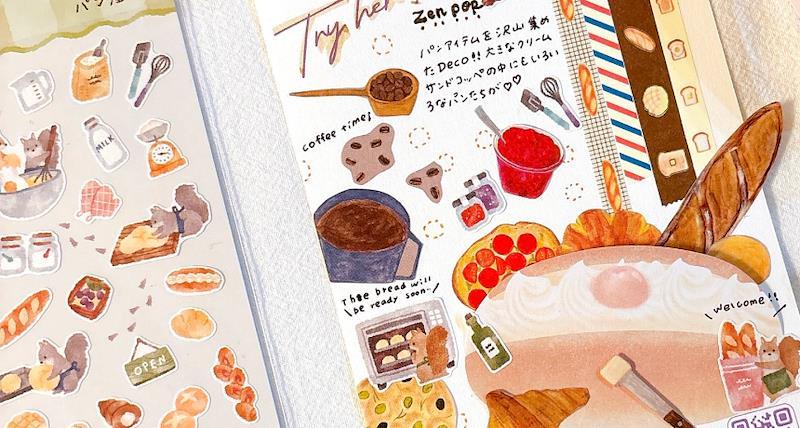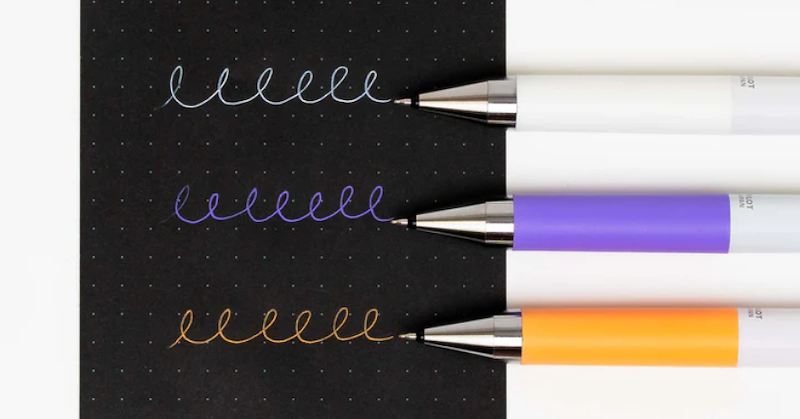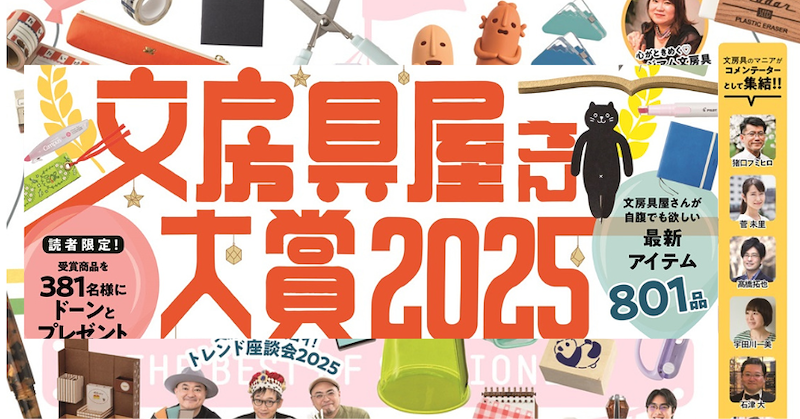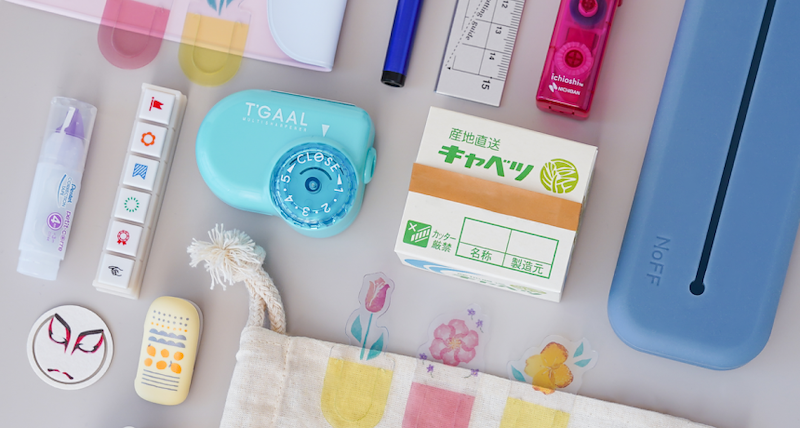
Best Japanese Stationery Brands Ranked in 2025
If you’re into colorful pens and pencils, cute erasers, or great space-saving, studying, or note-taking solutions, look no further than the world of Japanese stationery. From practical pencil cases to kawaii decorations for your planners and desk, there’s no end to the rabbit hole of products that you’ll definitely want to get your hands on. The best part of Japanese stationery is that they’re always innovating and inventing– meaning new products coming out every year.
There are many brands out there, and you may be wondering: what are the most famous and the best Japanese stationery brands, so let’s explore the world of Japanese stationery with some of the best Japanese stationery brands, and introduce some of their best-selling products!
The Best Japanese Stationery Brands
In no particular order, here's a list of the best Japanese stationery brands you can find on the market right now:
Why is Japanese stationery so good?
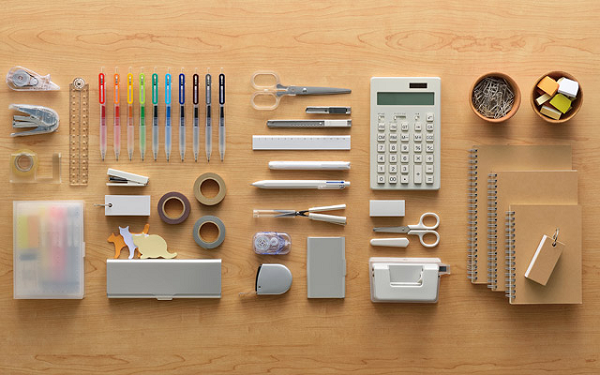
That's a very good question. Japanese stationery has a reputation for excellence, creativity, and careful design, constantly outperforming the high standards of stationery snobs all around the world. Even common note-taking paper is produced to a much higher standard than the usual stationery items made by Western firms. If you want to learn more about this, you may read this dedicated article about why Japanese Stationery is so good.
How did Japanese stationery become famous?
In Japan, handwriting is valued as an artistic endeavor. The nation has a long history of encouraging its people to take an early interest in handwriting.
This deeply ingrained practice is calligraphy, which is still taught extensively in Japanese society today. For calligraphy to be legible and clean on paper, fine-tipped pens or brush pens are frequently needed.
Pens and paper must be capable of meeting the demand when there is such a presence and appreciation for calligraphy and handwriting. Customers require a high quality product in order to deliver exceptional results.
Why do people love Japanese stationery?
There are many reasons why Japanese stationery is loved around the world, and we can list 7 of them here:
- Japanese stationery is functional and practical
- Japanese stationery comes in beautiful (and super cute!) design options
- It is creative, innovative in solving stationery problems
- Japanese stationery has timeless sophistication
- The products are high quality, made-to-last
- Japan has a respect for the creative process
- Japanese stationery companies have an eye for and attention to detail
- Eco friendly and putting effort on sustainability
Kokuyo

Kokuyo was founded in 1905, and at the time only focused on making book covers for accounting books. Later on, their business branched out to other different kinds of office supplies. Kokuyo is now a household name when it comes to school supplies as well as office supplies– selling everything under the sun from pens, to paper, to planners.
They often come up with practical solutions to products– such as their binder notebooks which are made of a flexible plastic, so they can be rolled or folded and put into bags; as well as some novelty items like washi tape cutters or erasers with 28 corners, so you can always erase with a sharp point. We talk more about Kokuyo in a dedicated Kokuyo brand presentation!
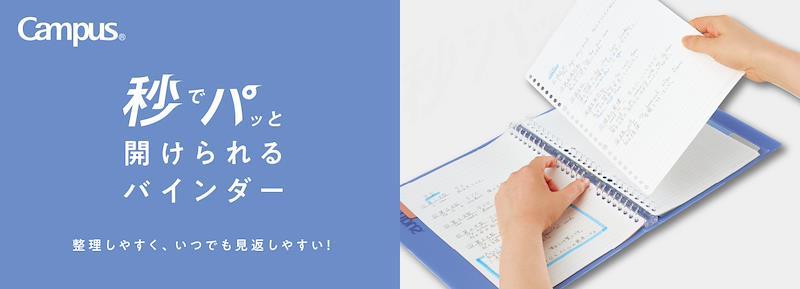
Of Kokuyo’s products, we’re big fans of the Kokuyo Campus line. They have notebooks and folders available, but one of their most popular products in Japan as well as overseas are the Kokuyo Campus Loose Leaf Papers. These come in two different styles, depending on your paper preference.
If you want smooth paper for your writing, you can get the “Sarasara” style, designed to be as smooth as possible for those who want to put in minimal pressure while they’re writing. If you prefer your paper to have a little more friction and grip, you can get the “Shikkari” style, which compared to the Sarasara paper, is a little bit thicker to accommodate the pressure from your pen or pencil.
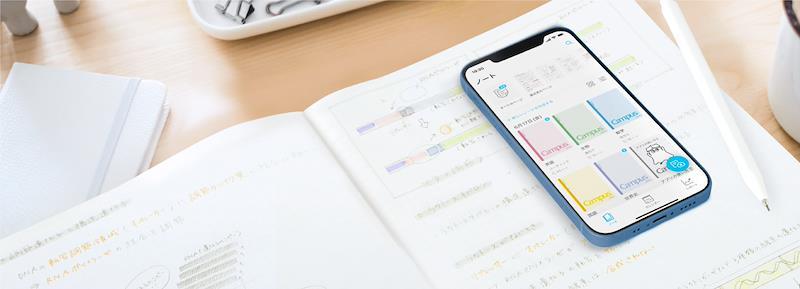
Kokuyo's commitment to enhancing the learning experience extends beyond physical stationery with the introduction of their innovative app, Carry Campus. This free study app allows students to digitize their handwritten notes by capturing them with a smartphone, making it easy to review and study anytime, anywhere. With features like memory aids and editing tools, Carry Campus supports efficient test preparation and helps students manage their study schedules effectively. By bridging the gap between traditional note-taking and modern digital tools, Kokuyo continues to support learners in achieving their academic goals.
Tombow
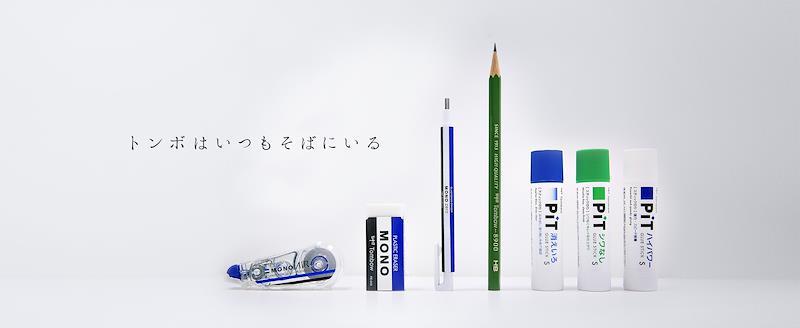
The word “Tombow” comes from the first trademark they gave their pencils in 1927. In Japanese, the word means “Dragonfly.” For a long while they were only making pencils, but eventually they also released an eraser that was made with fats and oils instead of using rubber. Tombow has always focused on writing implements– first starting with pencils, then eventually moving on to pencil sharpeners, pens, and markers.
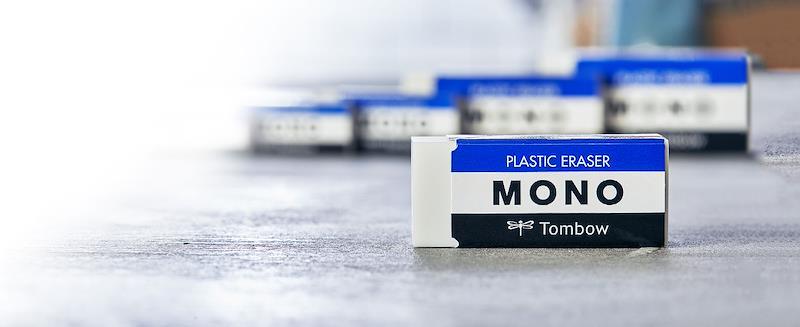
Tombow is popular for their “mono” line of erasers, which are all high-quality and fit different needs from studying to art. They have vertical pencil-style erasers for small areas and pinpoint erasing, as well as the large rectangular mono eraser that everyone is used to seeing in its iconic black, blue, and white packaging. They also have a “dust-catch” line so that you don’t get eraser shavings all over your table!
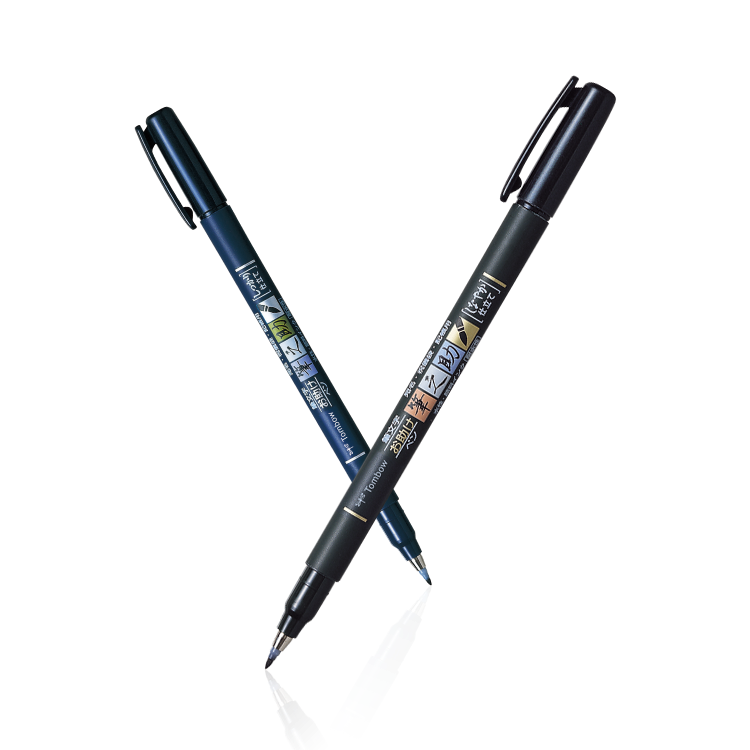
Other than erasers, Tombow is also popular for their “fudenosuke” brush pens, which are inspired by the ink brushes used in traditional Japanese calligraphy. You can use these to practise your own calligraphy with Kanji, or even for drawing if you enjoy using brush strokes for broad lines and fine details.
Zebra
Zebra is another manufacturer of writing instruments, and was established in 1914. The business began with calligraphy, with its founder Tokumatsu Ishikawa selling his homemade fountain pen nibs in 1897 before establishing the company. They decided on the name “Zebra” for two reasons– the strong ‘herding’ instinct of the animal as he wanted the business to resemble a family; and the stripes on the zebra resembling strokes from calligraphy.
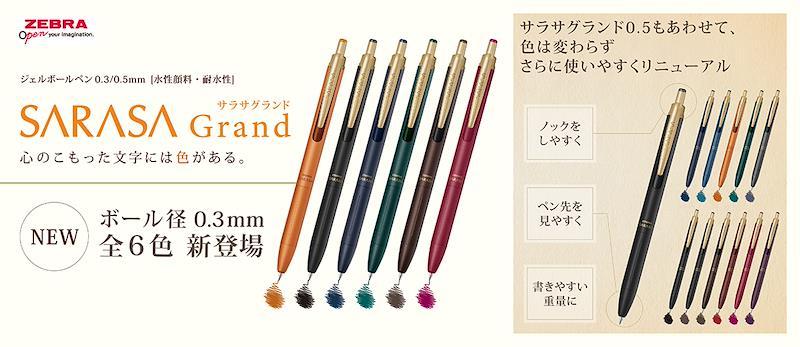
Zebra pens have always been innovative, using low viscosity ink which means less skips and stutters when writing, and using multiple different colors of ink so that writers can express themselves while doodling, drawing, or just color-coding notes while studying. Some of our favorite pens from Zebra are the Sarasa line, plastic gel pens with extremely smooth ink in all kinds of different shades and hues, including soft pastels, bright neons, and monochrome shades of grey. The Sarasa line also extends to the Sarasa Dry pens, which feature a quick-drying ink that doesn’t smudge under highlighter ink, or from a left-handed user rubbing against the page while they write.
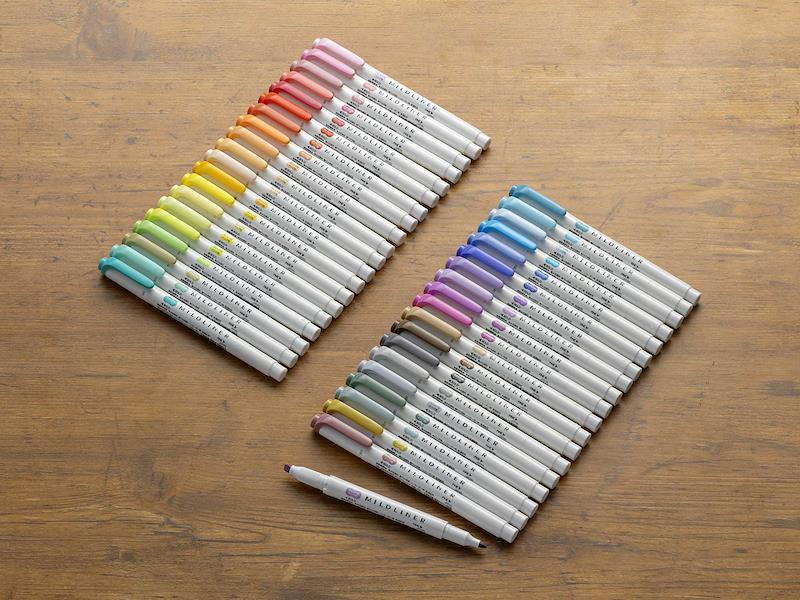
Some of the most popular Zebra products are the Zebra Mildliners. These are mild highlighters that come in brush form, or dual tip markers. While most highlighters tend to feature bright neons that bleed through paper, the Mildliners come in soft pastels that are soft on the eyes, making them perfect for aesthetic, unobstructive note-taking and those who would just prefer a less saturated color for their notes or art. Zebra are some of the best Japanese pens you can find, for more, check out our article ranking the best Japanese pens here!
Sakura Craypas
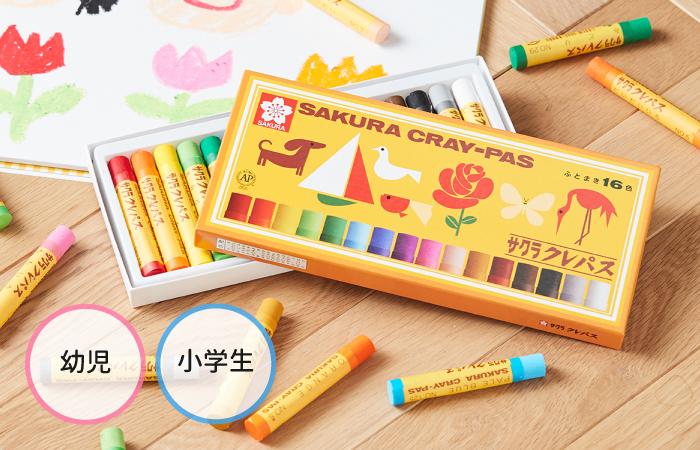
Sakura actually began as a crayon company, and are the inventors of “Cray-Pas,” one of the first oil pastels on the market. Known for their art products, Sakura has made great strides in the way of inks with their Pigma Ink in their micron pens, as well as their gel-based inks which offer high pigmentation, and glaze inks which offer shine and dimension as you write. Sakura products are popular with artists as well as bullet journal enthusiasts, but they have a wide range of items available depending on your hobbies as well as your skill level.
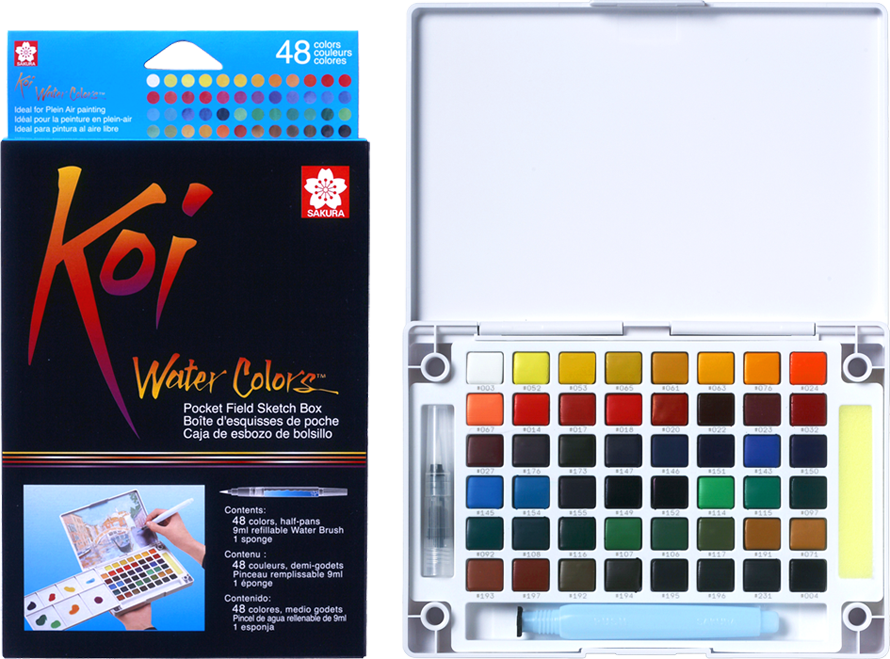
Some of Sakura’s most popular art products come from their “Koi” line, which produces Watercolor sets in palette sizes of 12, 18, or 24. These are field sketch boxes, and come with water brushes so that you can paint on the go, wherever you are. The Koi line also features lines of brush pens with vibrant, blendable pigment, and water brushes with different nib sizes depending on the needs of the artist.
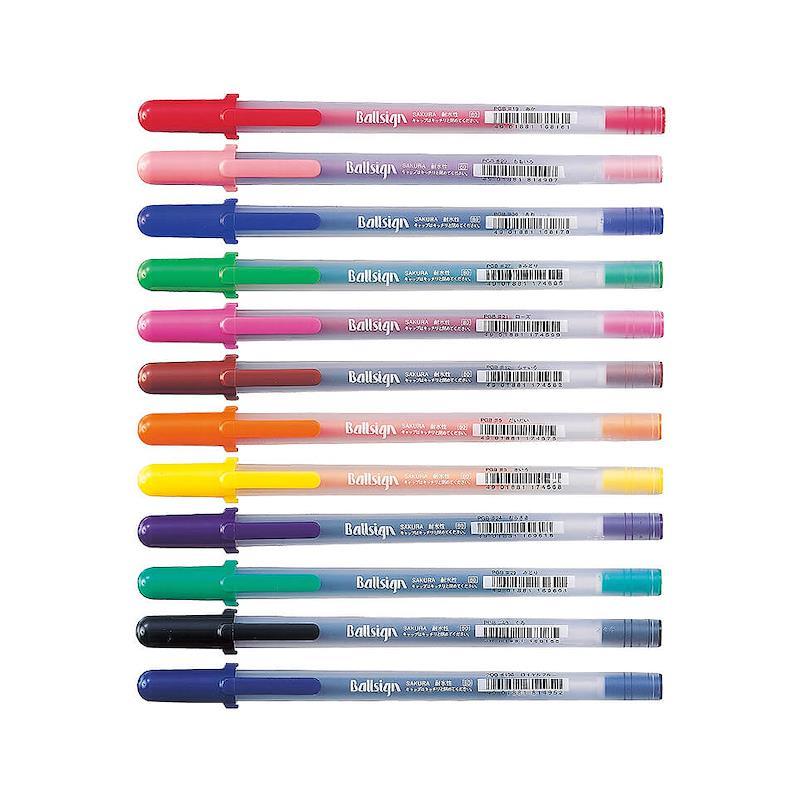
Other than watercolors, Sakura produces great pens from the Gelly Roll series which features sparkly ink for shiny notes– or eye catchlights and bright highlights if you decide to use them in your art! Also popular are the Pigma Micron pens, which some artists, architects, and even average students swear by due to the variety of nib sizes which are great for writing, graphing, and line art.
Hobonichi
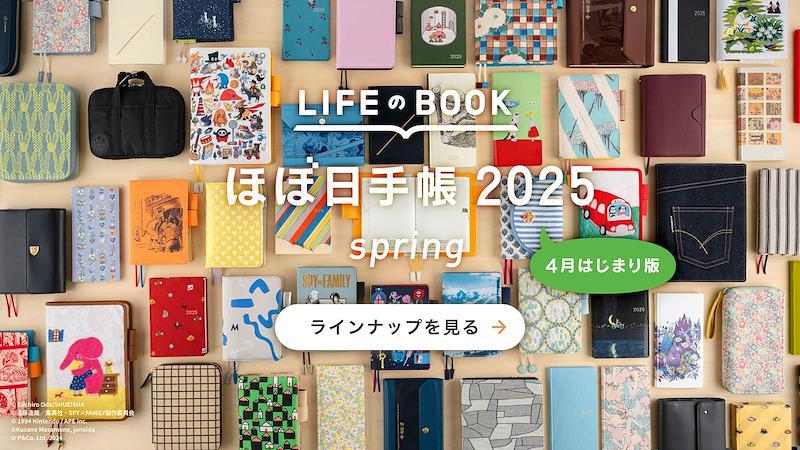
Hobonichi is a Japanese company that produces not only personal daily life items such as t-shirts and notebooks, but also has a content website that receives almost 1.5 million views a day in Japan. We’ve featured Hobonichi because of the iconic Hobonichi Techo planner, which is one of the most popular planners not only in Japan, but also worldwide. It has a cult following for those who enjoy keeping a diary, schedule planner, or bullet journal.
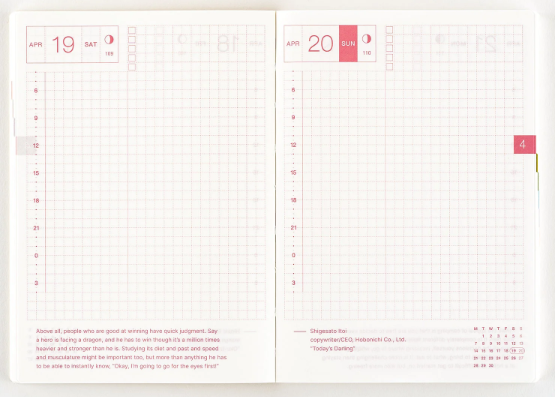
The Hobonichi Techo comes in different sizes, starts, and languages depending on your needs. There are A5 and A6 sizes as well as half-sizes called the Hobonichi Weeks. The original planner books feature daily pages of gridded paper, while the Weeks are slimmer but still leave enough room for you to plan around a single week rather than a day. The paper is extremely high quality Tomoe River paper, and is what keeps the Hobonichi Techo compact due to the thinness of the paper. Tomoe River paper is also known for its bleed resistance, and how remarkably well it takes fountain pens for enthusiasts.
Find our more about what is the difference between a Hobonichi and a regular Bullet Journal, and learn how to make yours at home!
Sailor
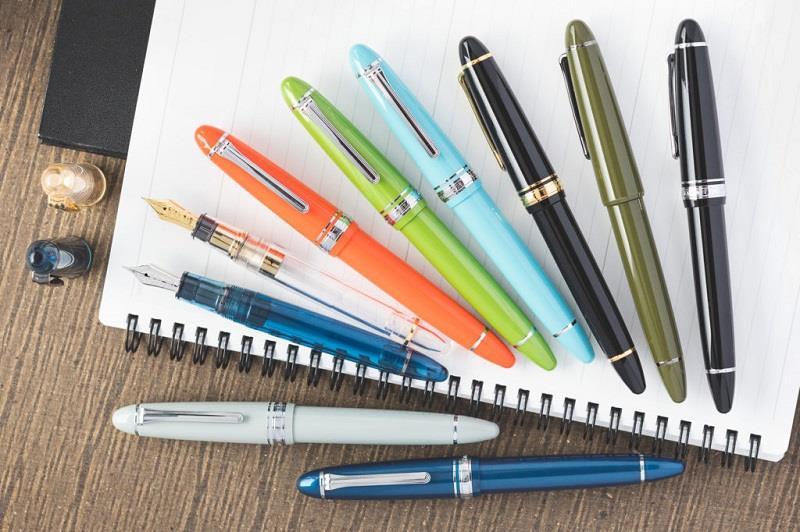
A sailor buddy who was traveling back to Japan from the UK gave its founder, Kyogoro Sakata, a fountain pen, which led to the establishment of the Sailor pen company in 1911. Engineer Kyogoro Sakata enjoyed this gift so much that he determined right away that he wanted to manufacture comparable goods in Japan.
One of the three major Japanese fountain pen manufacturers, Sailor was established in 1911. They are well recognized for their high-quality fountain pens with 14kt and 21kt gold nibs and a diverse selection of bottled ink colors.
The 1911 and the Pro Gear are the two main types used to categorize fountain pens. The Pro Gear has a flat top while the 1911 has a rounded cigar shape. These versions are available in a variety of sizes.
What’s your favorite type of Japanese Stationery?
If you’re an enthusiast for pens, highlighters, stickers and all types of stationery goods, why not try out Zenpop’s Stationery box? It features 9 different products including pens, highlighters, paper and washi tape, including new unique releases, collaboration goods, and kawaii items. You can also get products from these top brands featured here, and other popular products from companies like Pilot and Kuretake– all under a special theme for the month.
Prefer to shop your way? Explore our online stationery store and handpick your favorite items, all sourced directly from Japan.
